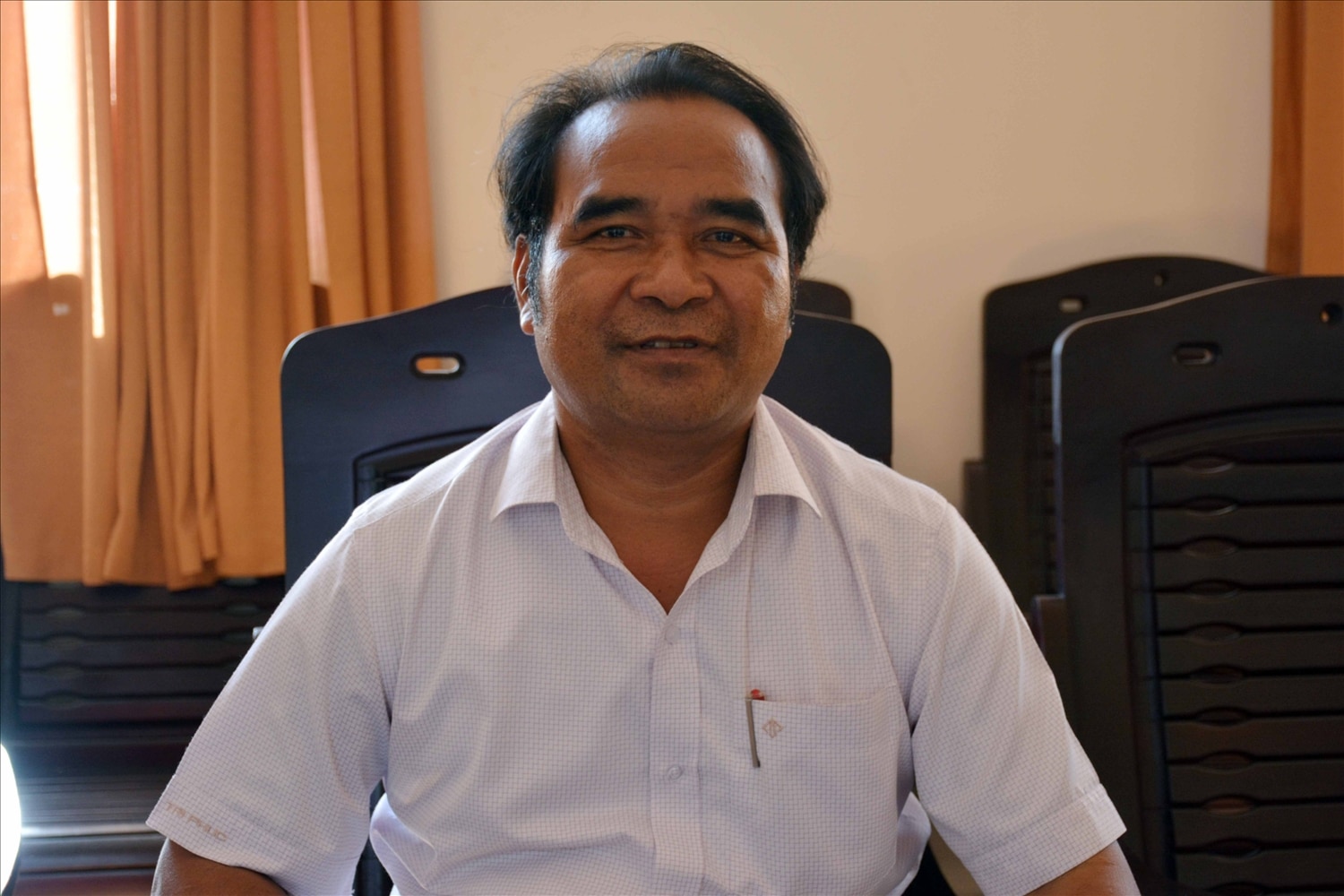
Through the recent monitoring trips to investigate the socio -economic situation of 53 ethnic minorities in 2024, how do you perceive the implementation of ethnic work and ethnic policies from the results of information collected in the investigation (first time in 2015; second time in 2019) on the lives of ethnic minorities in the Central Highlands provinces?
After two surveys of 53 ethnic minorities (2015; 2019), through field monitoring trips, it can be seen that the results from the two surveys of 53 ethnic minorities, especially the second survey in 2019, provided a comprehensive picture, with full data and parameters on the socio-economic life of 53 ethnic minorities in the Central Highlands, serving as an important basis and premise for State management activities on ethnic affairs from the central to local levels.
Accordingly, state management activities on ethnic affairs are increasingly more effective, more in-depth, and more closely following the grassroots reality. The Party and State's policies and guidelines on ethnic affairs and implementation of ethnic policies in localities are also more closely following the actual situation of ethnic minority and mountainous areas. Thanks to that, up to now, ethnic minority areas have seen many improvements, and the lives of ethnic minorities have also been improved.
Notably, the infrastructure is well invested, with a system of roads, electricity, schools, and stations to each village and hamlet. The poverty rate in ethnic minority areas has decreased, such as in Dak Nong province, by the end of 2023, the poverty rate in the whole province was 5.18% (down 2.79% compared to 2022), of which the poverty rate among ethnic minorities was 13.24% (down 6.87% compared to 2022); in Dak Lak province, in the period 2021 - 2023, the poverty rate decreased by an average of 1.74%/year; the poverty rate among ethnic minorities decreased by an average of 3.45%/year; By the end of 2023, Gia Lai province's poverty rate was 3.96% (down 1.42% compared to the end of 2020), the poverty rate of ethnic minorities was 8.18% (down 2.96% compared to 2020)...
Can you tell us about the advantages and difficulties in the process of investigating the socio-economic situation of 53 ethnic minorities in 2024?
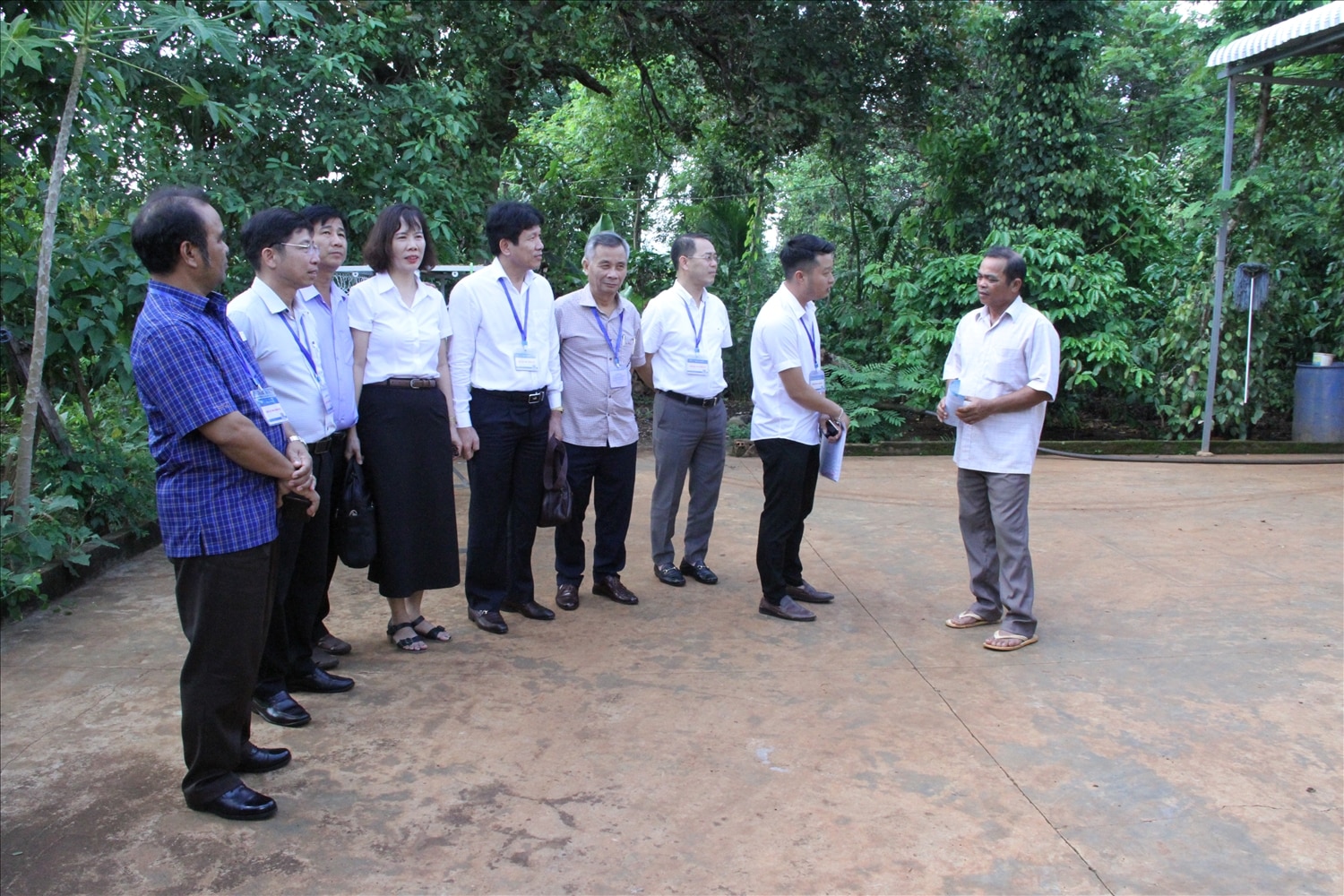
Conducting the survey to collect information on 53 ethnic minorities in 2024, through supervision, the basic tasks were carried out correctly and fully. The tasks of leading and coordinating the statistical agencies and local authorities at all levels have also been stipulated in the 2024 Ethnic Census Handbook, instructions for using the Operational Website (information collection survey work) and related 2024 ethnic census documents...,
The coordination between the Statistics Office and the Ethnic Affairs Office was smooth; the two units also promptly advised authorities at all levels to effectively direct and organize the collection of information on 53 ethnic minorities in 2024, ensuring compliance with the plan, content and achieving the set goals.
Identifying the investigation and collection of information of 53 ethnic minorities this time, has important significance for ethnic work in the coming time. Accordingly, the sectors and localities facilitate the inspection work, the localities assign sectors to participate with leaders of the General Statistics Office, the Provincial Ethnic Committee, the District and Commune Statistics Offices, investigators, some localities send village heads to participate; and importantly, all households support.
The investigation process of 53 ethnic minorities also encountered some difficulties. In the first days of the investigation, CAPI was not stable and many errors arose, so some districts of the provinces did not deploy it simultaneously. They waited for CAPI to stabilize before directing investigators to conduct investigations in the entire district.
During July and August, the Central Highlands provinces often experience prolonged heavy rains over a large area. Some areas where ethnic minorities live are often far from the center. During the day, most ethnic minority households go to work in the fields. Contacting and making appointments for households to stay at home during the crop season is also inconvenient, making it difficult for investigators to approach and collect information.
In addition, some new investigators are still confused in collecting information because the collection form is too long and has many complicated questions. Regarding the policy regime for investigation work, the prescribed quota for a survey form is low compared to specialized surveys of Statistics, while the quota is high (a household form has more than 115 questions), the time is only 45 days.
Selecting people from the village to be investigators was also difficult, because many of the questions were difficult and people from the village were not yet proficient in using smartphones, so people from other places had to be sent to do the investigation.
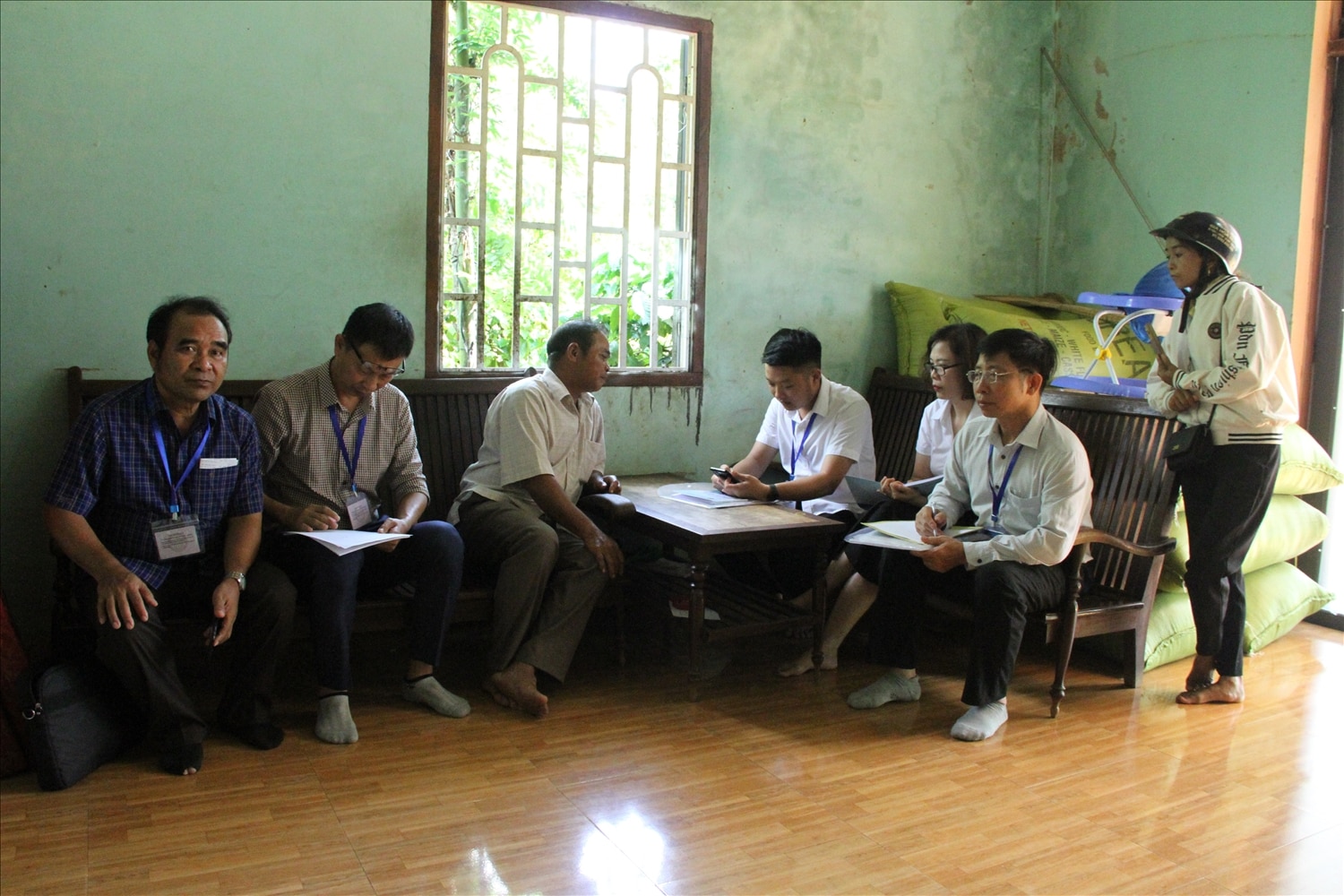
Although the results of the survey are being compiled and evaluated, based on the information collected, what are the most urgent issues in the Central Highlands that need to be addressed in the coming time, sir?
Although the survey results are not yet available, the 2024 Survey will inherit the results and lessons learned from previous surveys to have complete and accurate information on 53 ethnic minorities.
In particular, the survey is of great significance, accurately assessing the results of implementing ethnic policies until 2025, evaluating 5 years of implementing the Master Plan for Socio-Economic Development in Ethnic Minority and Mountainous Areas for the 2021-2025 period, the Ethnic Work Strategy until 2030; the results of implementing the National Target Program for Socio-Economic Development in Ethnic Minority and Mountainous Areas for the 2021-2030 period, Phase I: From 2021-2025; the results of implementing ethnic work for the 2021-2025 period, serving the preparation for building the National Target Program for Socio-Economic Development in Ethnic Minority and Mountainous Areas for the 2026-2030 period...
Accordingly, through the picture of the ethnic minority region, it shows that the specific urgent issues that need attention are solving residential land, production land, and housing for poor ethnic minority households. However, the land fund to implement this project is very difficult, especially regarding land fund, localities said that there is no more or no land fund... The issue of implementing sustainable poverty reduction is not clear..., the poverty reduction results according to the resolution are achieved, but in reality, the number of poor households and the poverty rate of ethnic minority households in the Central Highlands are still high compared to the general level of the whole country.
Can you share some situations during the investigation supervision process, which is also sharing experience for statistics in other fields in the ethnic minority areas in the Central Highlands?
This survey inherits the results of the 2019 socio-economic survey of 53 ethnic minorities, so many lessons have been learned. However, it is also necessary to pay attention to the problems that still arise. For example, the CAPI program still has some software errors;
Regarding leadership and direction, there needs to be more harmonious coordination between the statistical agency, the ethnic affairs agency and the local government in the process of implementing the investigation. In particular, it is necessary to strengthen training so that investigators and statistical officers can grasp more information about the situation of ethnic affairs and the implementation of ethnic policies in the current period. Thereby, investigators have information, knowledge and proficient skills, and can handle difficulties and problems in the investigation process...
Or when choosing investigators, pay attention to choosing investigators who are proficient in smartphones and the area, and understand the use of ethnic minority languages in the investigation area...
Thank you very much!
Looking back at the survey to collect information on ethnic minority areas in the coastal border area of Vinh Chau


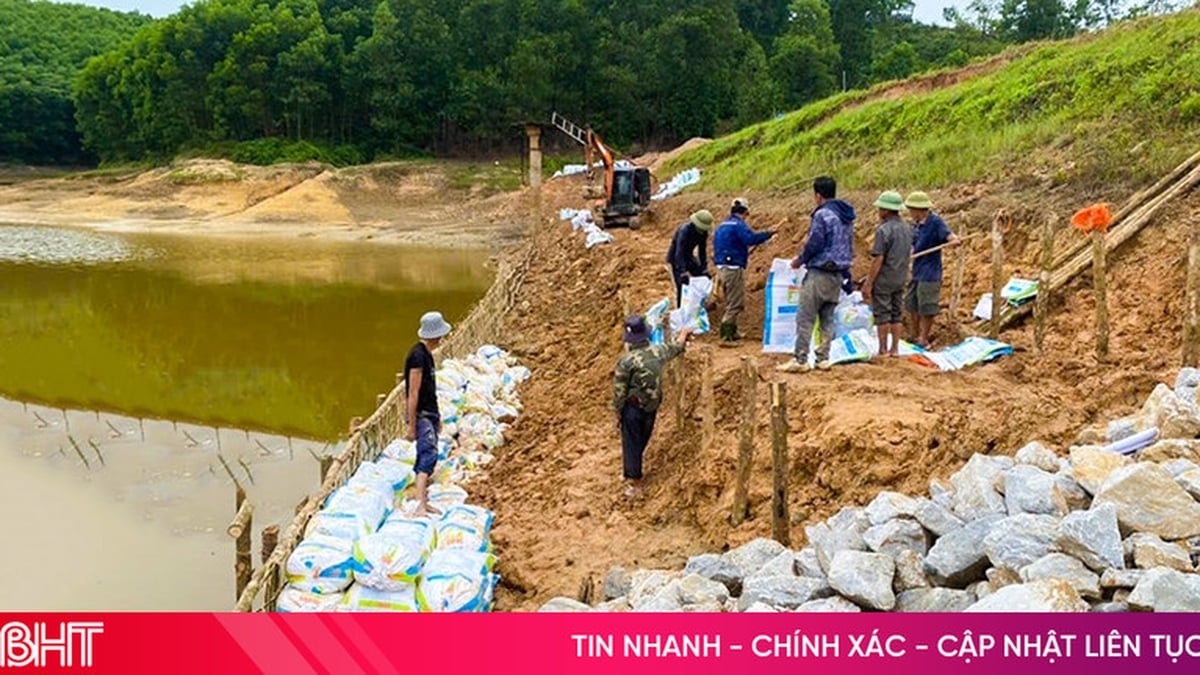







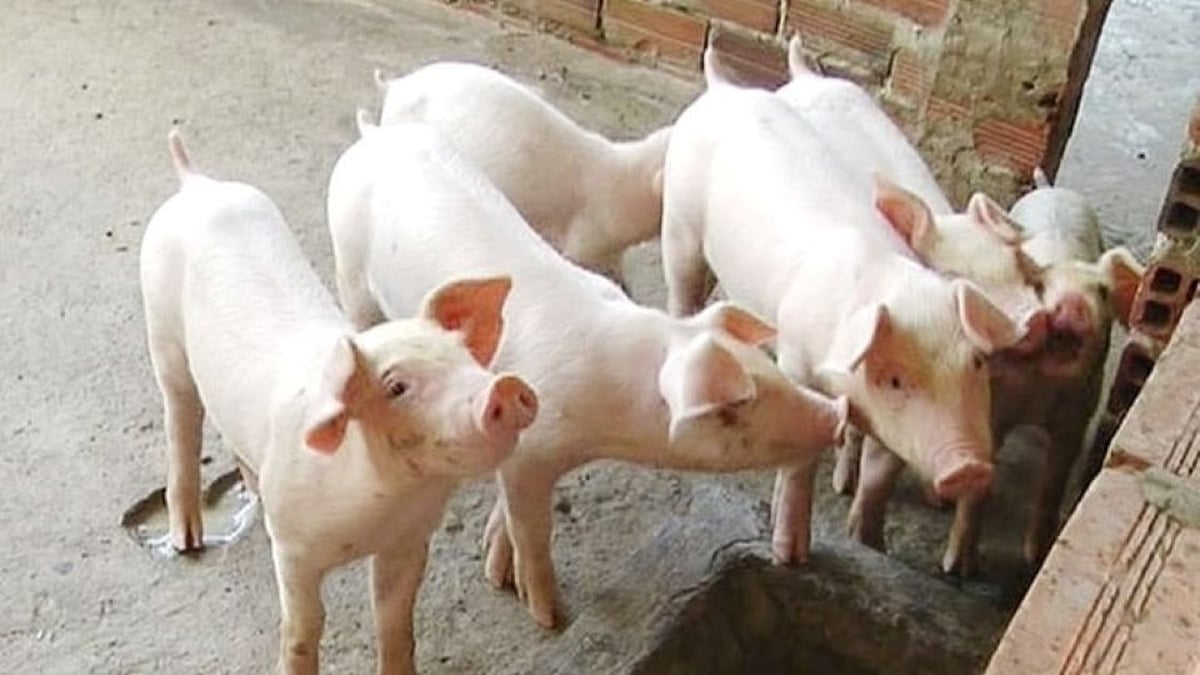














![[Photo] National Assembly Chairman Tran Thanh Man visits Vietnamese Heroic Mother Ta Thi Tran](https://vphoto.vietnam.vn/thumb/1200x675/vietnam/resource/IMAGE/2025/7/20/765c0bd057dd44ad83ab89fe0255b783)




















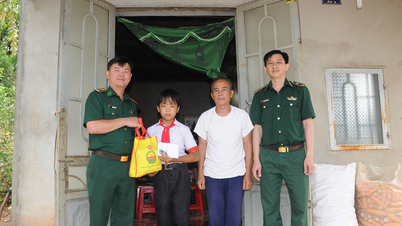



















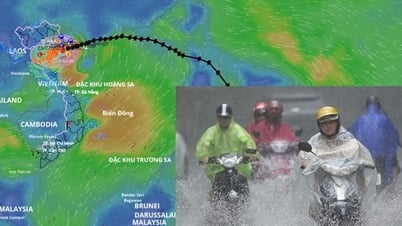

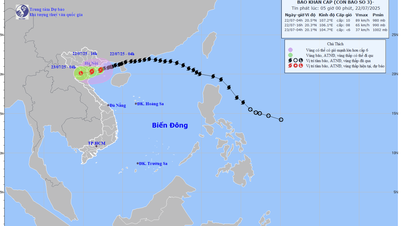







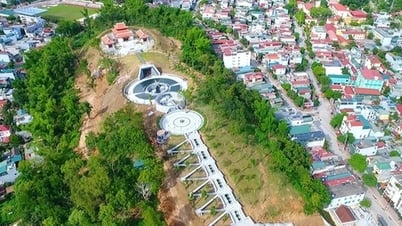



























Comment (0)